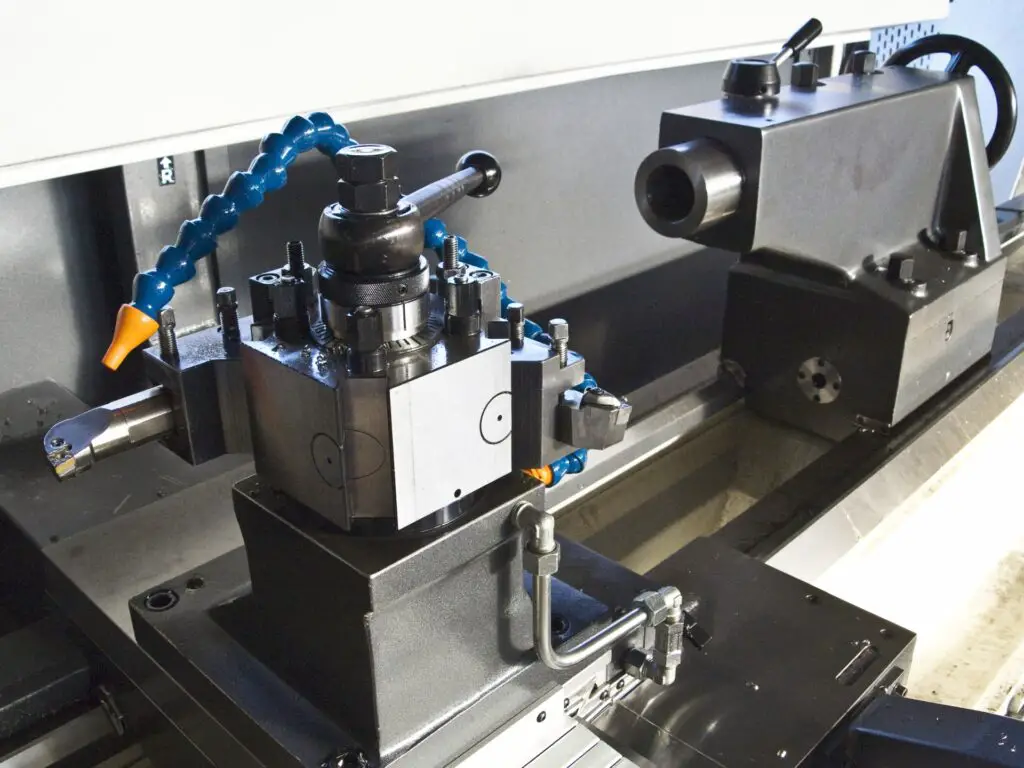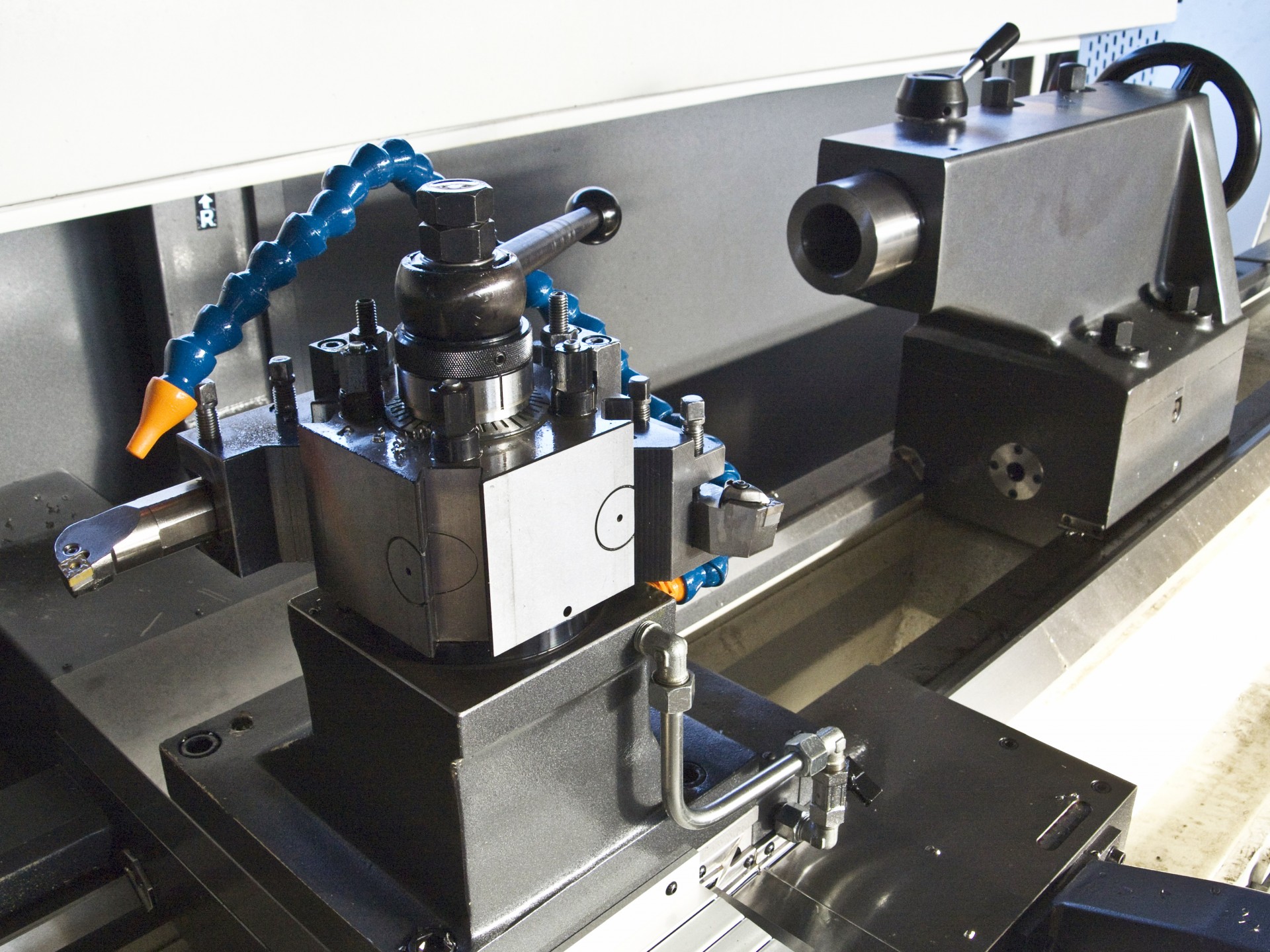Should You Get A Lathe Or A Mill First in 2025?
Are you trying to decide whether to invest in a lathe or a mill first for your workshop?
This decision can significantly impact your projects and the efficiency of your workflow. Both machines offer unique capabilities, but understanding their differences is crucial. A lathe excels at creating cylindrical shapes and is ideal for tasks like turning and threading. Meanwhile, a mill is perfect for cutting complex shapes and slots, providing versatility in material removal. As you weigh your options, consider the types of projects you plan to undertake and the materials you’ll work with.
This guide will help you explore the advantages of each machine, ensuring you make an informed decision that aligns with your creative goals. Whether you want to create detailed designs or producing functional parts, choosing the right tool can take your skills to new heights.

Should You Get a Lathe or a Mill First?
If you’re thinking about buying machining equipment, choosing between a lathe and a mill can be tough. Each machine has unique capabilities that are essential for different projects.
A lathe is perfect for turning and shaping cylindrical objects like metal rods. With various cutting tools, a lathe can also create threads and intricate designs on surfaces. In contrast, a mill excels at creating flat surfaces and precise cuts in materials like wood and metal. Unlike lathes, mills have multiple axes that allow movement in various directions while cutting.
Ultimately, choosing between a lathe and a mill depends on your specific needs and interests. If you frequently work with cylindrical objects like pipes or pins, a lathe would be more beneficial. On the other hand, if you regularly need to cut precise shapes from solid materials like aluminum blocks or steel plates, consider purchasing a mill first.
Benefits of Owning a Lathe
A lathe is a multipurpose machine that can be used for a variety of tasks. This versatility makes it an excellent addition to any workshop. Here are some of the benefits of owning a lathe.
1. Precision: A lathe allows you to create precise cuts and shapes with ease, giving you more control over your work.
2. Versatility: Lathes can be used for turning wood, metal, plastic, and other materials into various shapes and sizes.
3. Cost-effective: Investing in a good quality lathe can save money in the long run. It allows you to make your own parts or repair items instead of buying new ones.
4. Creativity: Owning a lathe opens up endless possibilities for creating unique pieces that cannot be found anywhere else.
In essence, owning a lathe provides precision, versatility, cost-effectiveness and creative opportunities for woodworking enthusiasts or metalworkers alike.
Benefits of Owning a Mill
A mill is a highly adaptable machine tool capable of cutting, drilling, and shaping materials. Owning a mill offers several advantages.
1. Precision: A mill allows you to make precise cuts and shapes on your work piece. It offers both accuracy and repeatability. This ensures high-quality finished products. Your final result will meet exact specifications.
2. Versatility: A milling machine allows you to work on various materials like metal, wood, plastic, or composites. It also lets you create complex designs and shapes. This would be hard to achieve with other tools.
3. Efficiency: A milling machine speeds up the process of creating parts. It works faster than traditional methods like manual machining or hand filing.
4. Cost-effective: A milling machine is an investment, but it pays off in the long run. It saves time and money on labor costs while consistently producing high-quality products.
5.Customization: Using a milling machine gives you complete control over the design process. This makes it easier for small businesses to create custom parts. These parts can be tailored to meet their customers’ needs.
Which Costs More: A Lathe or Milling Machine?
When deciding between a lathe and a milling machine, cost is a crucial factor to consider. Both machines serve different purposes and can be quite expensive.
A lathe’s cost varies based on size, features, and brand. Small hobbyist lathes range from $500 to $2,000, while industrial lathes can exceed $100,000. Prices rise with additional accessories like chucks and tool holders. Milling machines generally cost more due to their complexity and versatility.
Basic models start at around $1,000, but high-end versions can reach $10,000 or more. These often include advanced features like digital readouts and power feeds. Which machine costs more depends on your specific needs and budget.
If you focus on turning operations like making cylindrical shapes or threads, a lathe may suffice. However, for cutting complex shapes from metal blocks or performing precise drilling, a milling machine might be necessary.

Which One is More Versatile: A Lathe or a Mill?
When deciding between a lathe and a mill, consider which machine offers greater versatility for your projects. Both tools are incredibly useful, but they serve different purposes and applications. A lathe excels at turning cylindrical shapes and crafting intricate designs with precision. It’s ideal for working with materials like wood, metal, and others that can rotate on an axis. With a lathe, you can create a wide range of items, from elegant table legs to intricate chess pieces.
A mill excels at cutting flat surfaces and making precise cuts that other tools struggle to achieve. It’s perfect for working with metal parts that need to fit together flawlessly or creating custom gears.
So, which machine offers more versatility for your projects and needs? The answer depends on your specific requirements and the tasks you undertake most often. If you’re mainly interested in crafting cylindrical objects or intricate designs, consider a lathe as the better option.
However, if you need to make precise cuts on flat surfaces or handle complex metal parts, a mill will likely be more useful.
Can Both Machines Handle the Same Projects Effectively?
Yes, you can use both a lathe and a mill for similar projects. However, each machine has unique capabilities. These features make them better suited for specific tasks.
For example, Lathes are ideal for turning cylindrical objects like bowls or spindles. They let you shape the material as it rotates on an axis. In contrast, mills are excellent for cutting flat surfaces. They also create complex shapes with precision.
If your project requires both types of cuts, having both machines is ideal. For example, to create a chess board with turned pieces, use the lathe to shape the pieces. Then, switch to the mill to cut out the squares on the board.
Having both machines also allows for greater versatility in your projects. You’ll have more options when it comes time to decide how best to approach a particular task.
Do You Need any Special Training to Operate Either Machine Effectively?
Yes, you need special training to operate either machine effectively. Both a lathe and a mill are complex machines. They require proper knowledge and skill. Using them safely and accurately is essential.
A lathe shapes materials by rotating them against cutting tools. The operator needs to understand how each tool works and how fast the material should rotate. It’s important to know how much pressure to apply during the process. Basic knowledge of geometry is necessary for measuring angles, diameters, and lengths.
In contrast, a mill cuts and drills materials with precision accuracy. Operating a mill requires knowledge of how different bits work on materials like wood or metal. The operator must understand feed rates based on bit size and material hardness.
Training can be obtained by taking classes at technical schools or community colleges. These institutions offer courses on machining techniques. Alternatively, apprenticeships with experienced machinists provide hands-on training. Both methods teach essential skills for operating machines safely and efficiently. Specialized education or training is required for both types of machines.
How Do You Decide Which Machine to Buy First: A Lathe or a Mill?
Deciding whether to buy a lathe or a mill first can be challenging, especially for newcomers to machining. Both machines are essential for any serious hobbyist or professional. To make the right choice, consider the types of projects you want to pursue. If you’re interested in making round objects like bowls and pens, a lathe is ideal. It excels at turning and shaping cylindrical items, making threads, and carving intricate details.
On the other hand, a mill is perfect for working with flat materials like aluminum sheets or steel plates. It allows for precise cuts, drilling at various angles, and creating complex shapes. Assess your project needs and choose the machine that aligns best with your creative goals.
Consider your budget when deciding between a lathe and a mill. Lathes are often less expensive than mills, but not always. Research and compare prices before making your final decision. Also, think about the space available in your workshop. Both machines require a significant amount of room. Ensure you have enough space before purchasing either one.
Wrapping Up
Choosing between a lathe and a mill as your first tool depends on your specific goals and needs. A lathe is ideal for creating cylindrical shapes, while a mill is better for making flat surfaces and cutting slots. Consider your project requirements, the materials you’ll work with, available workshop space, and budget constraints.
Both machines have learning curves, so patience and practice are essential. If precision is crucial, investing in quality equipment can save time and money. For beginners, used machinery might be a cost-effective option. Ultimately, practice and continuous learning will help you master whichever tool you choose.
Are Lathes Dangerous? Find Out More About Risks and Safety Tips.

